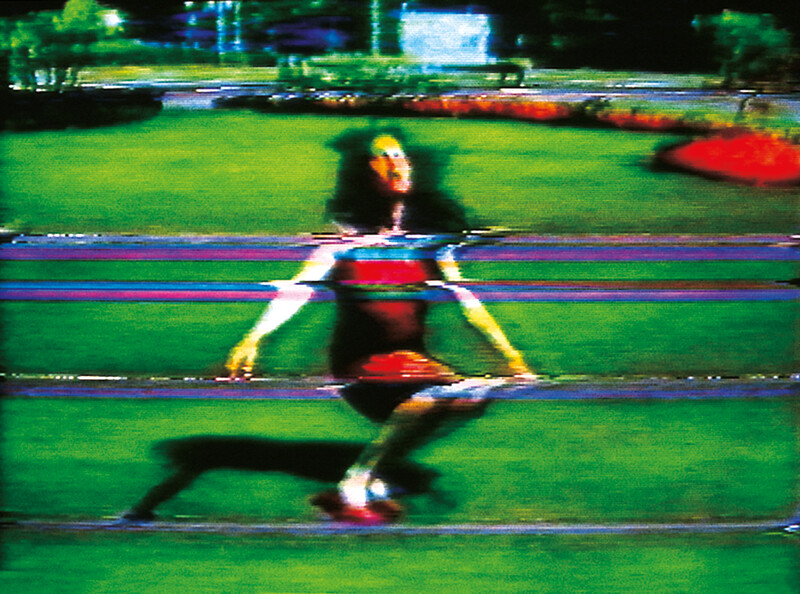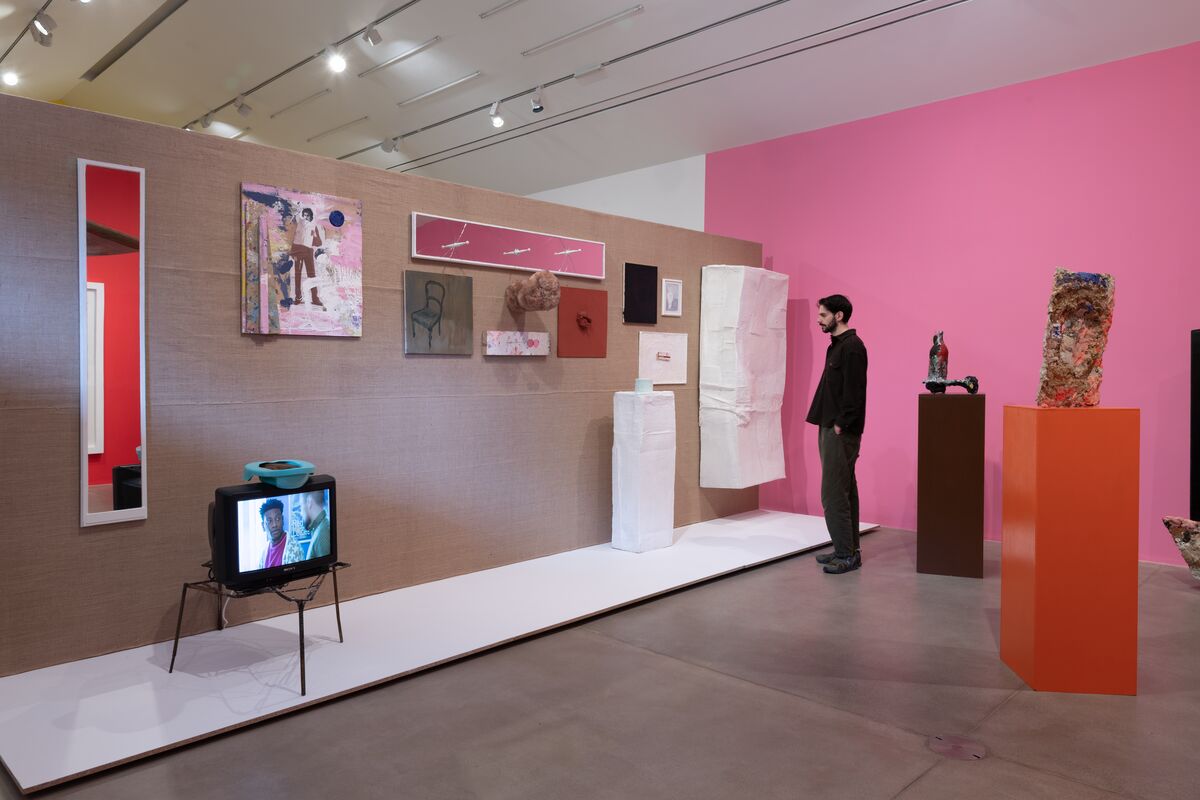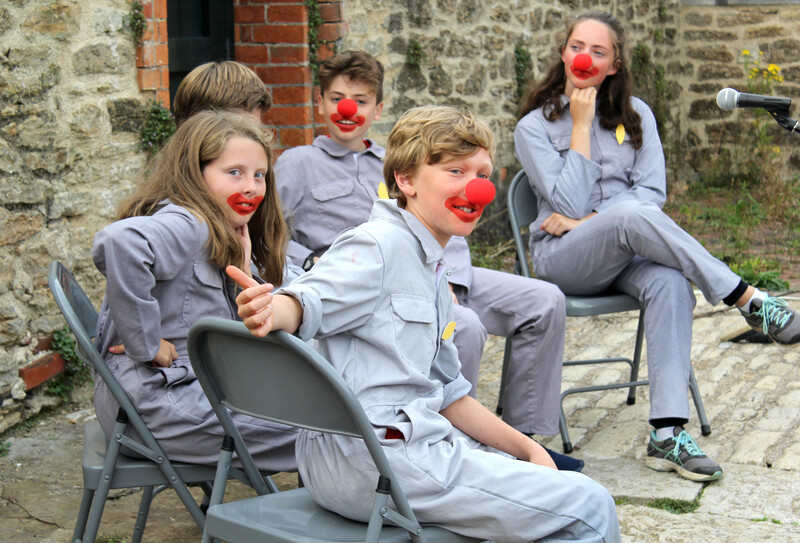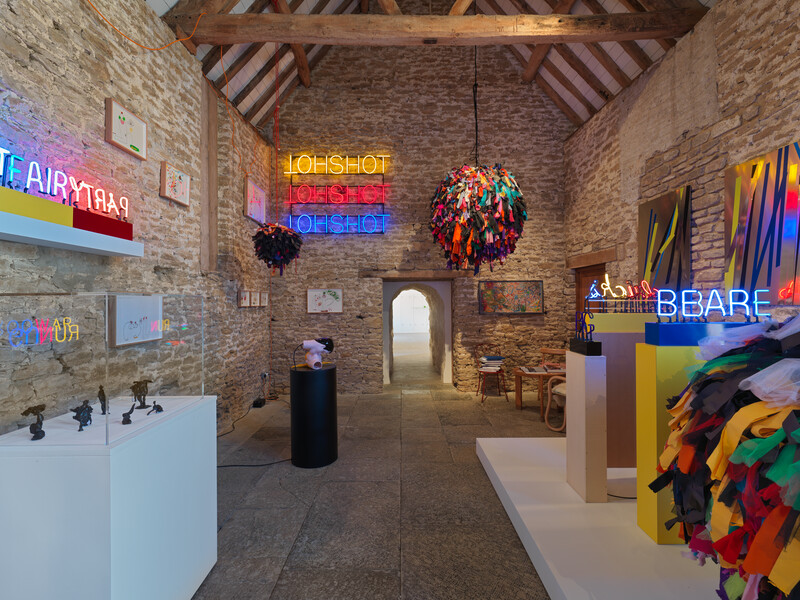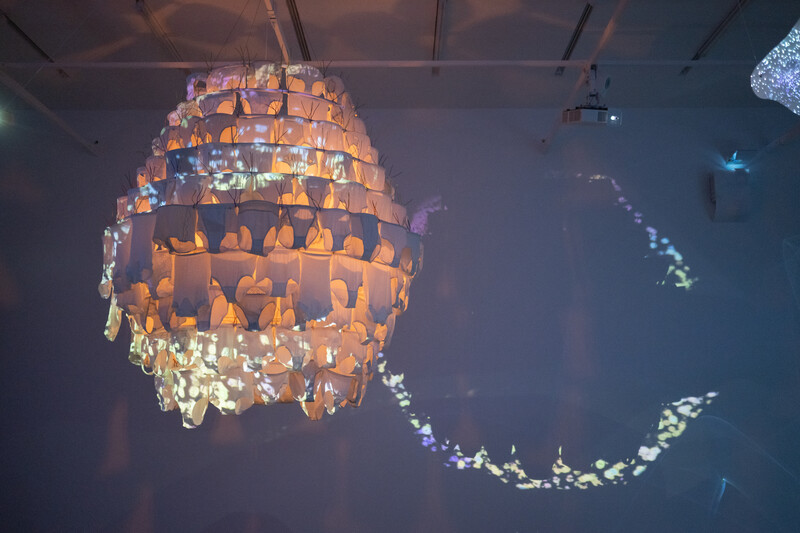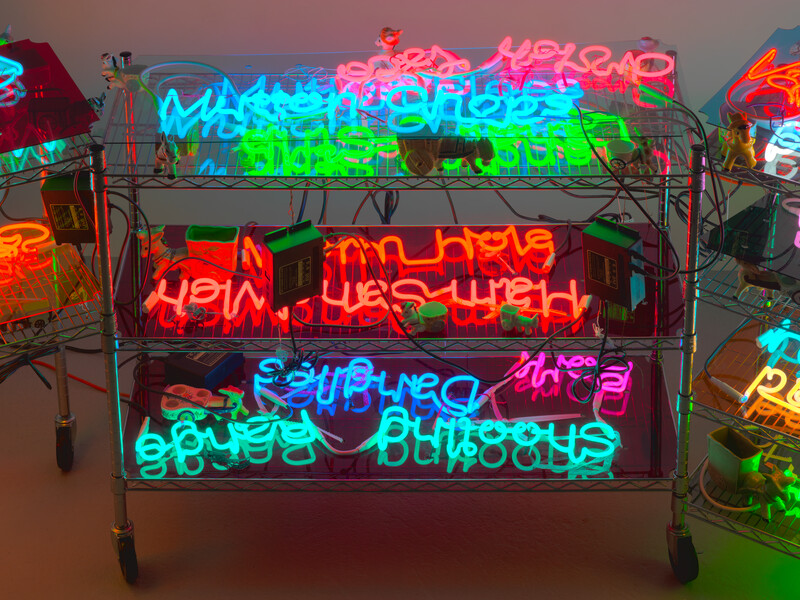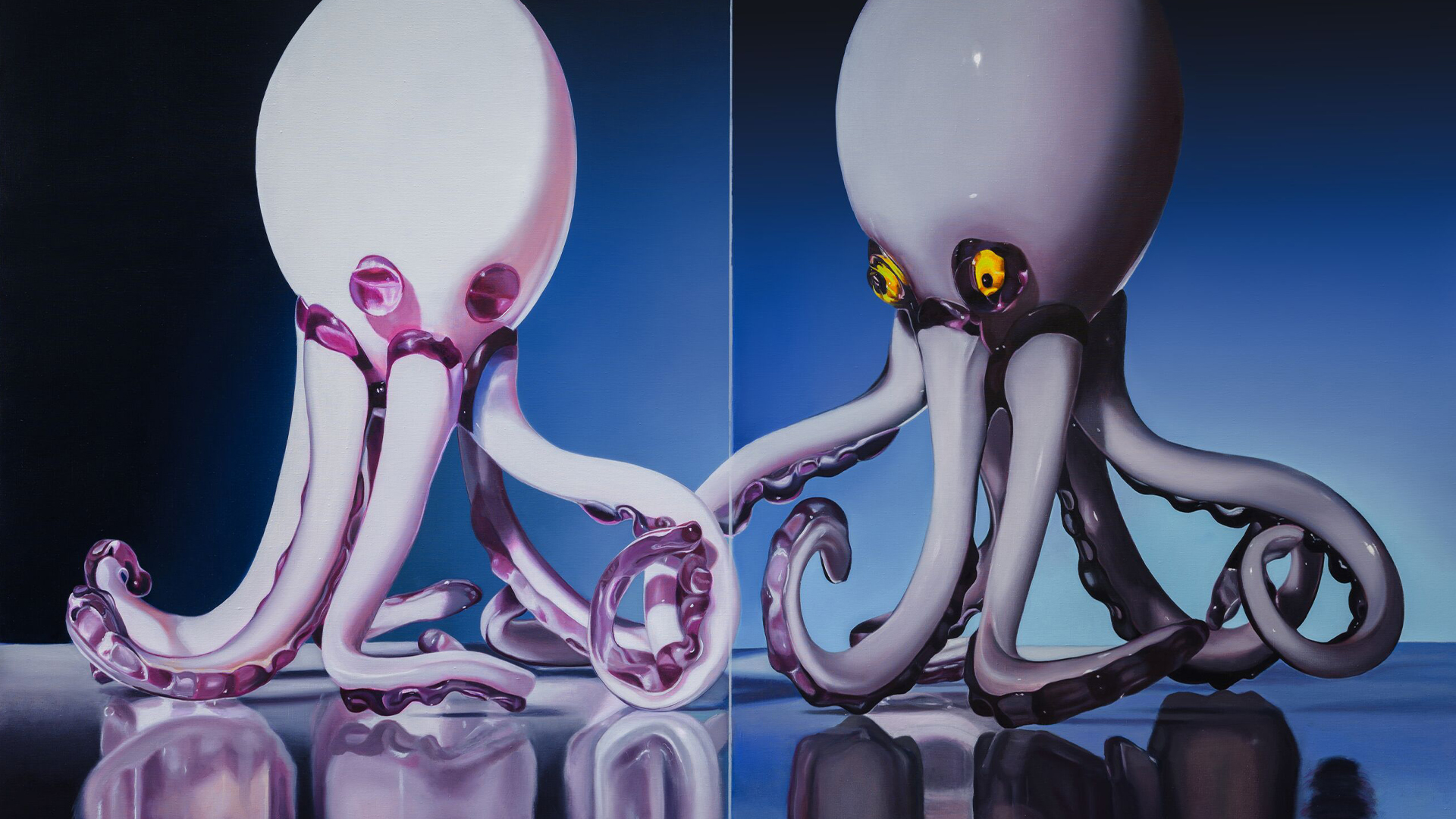
Allison Katz

For over a decade, Katz has investigated the ways in which aesthetic practices link and absorb autobiography, commodity culture, information systems and art history. Her diverse imagery, including cocks, cabbages, mouths, fairies, elevators, noses, waterways, and variations on her own name, appear as recurring symbols and icons which build an unending constellation of ideas and references. Images transmute across the media of painting, posters, ceramics and installations. It is through this act of returning to, copying, transforming and reshaping motifs that the artist creates a lineage and continuity from one work to another, informing and connecting the totality with each new appearance. ‘I paint like I write, that is, I build around quotes, which is a conversation, in effect,’ says Katz. Her subjects are united by a curiosity for how an image passes through embodied experience, while its elasticity of meaning is shaped by impersonal, cultural conditions through time. In this way her work addresses the ambiguity of subjectivity and its presentation.
Katz’s work is an examination of painting’s plane as a flat space where depth can appear, in both a literal and metaphorical way. Beyond the picture plane, her practice has a complex arrangement with the tactile world, engaging with the idea of the viewer as both subject and participant. Katz’s use of texture complicates the painting’s window-like view into another world, grounding the physicality of images in our own sense of touch by mixing sand or rice into the pigment.
Further breaking the autonomy of the illustrative tableau, her staging of exhibitions is inextricably linked to the paintings but also separate to them, and often an artwork in and of itself. The walls that she designs are built around the idea of a viewer’s encounter. This may involve the creation of contrasting perspectives, rooms within rooms or one-to-one painted copies of pre-existing architectural features, such as an elevator. Her relationship to site specificity is fluid, and motivated by constraints and a willingness to undermine the premise itself: paintings made to measure for one location find new meaning through a completely alternative set-up elsewhere. The autonomy of painting as a discrete object is both complicated and energized by the contingency of its reception and by the exhibition as form.
Katz’s interest in framing as both motif and subtext is a formal technique that investigates subjective assumptions; the frame becomes a portal for making sense of the world. The windows and mouths that frequently appear in her paintings address a duality between the sensual and intellectual consumption of information, and synthesize different kinds of sensory experience, such as taste and sight. Exhibition posters frame the event with actual dates and times, but also skew and extend it, by existing as independent artworks that are displayed after the fact.
Katz’s use of wordplay, double entendre or riddle, in both her choice of titles and the generation of the image itself, extends to the use of her signature as a visual element, and speaks to a self-referential thread running throughout her work. The AKgraph paintings—whose titles play on the origins of the words autos ‘self’ + graphos ‘written’—mine the territory between everyday signatures and formal drawing, inscribing identity to leave a trace. Creating a likeness of her own face through the elements that make up her name, Katz pits cartoonish forms against ideas assumed to be stable and hierarchical. This playful and inquiring touch refuses the conventional notion of an artist’s ‘signature style’ in favor of a broader engagement with how a painting can be made today.
Biography
Solo Exhibitions
Selected Group Exhibitions
Curated Exhibitions
Awards and Honours
Residencies
Bibliography
Monographs
Publications
Artist’s Writings
Press
Podcasts
Exhibitions
1 / 2
1 / 4
Events
1 / 9
News
1 / 6



































